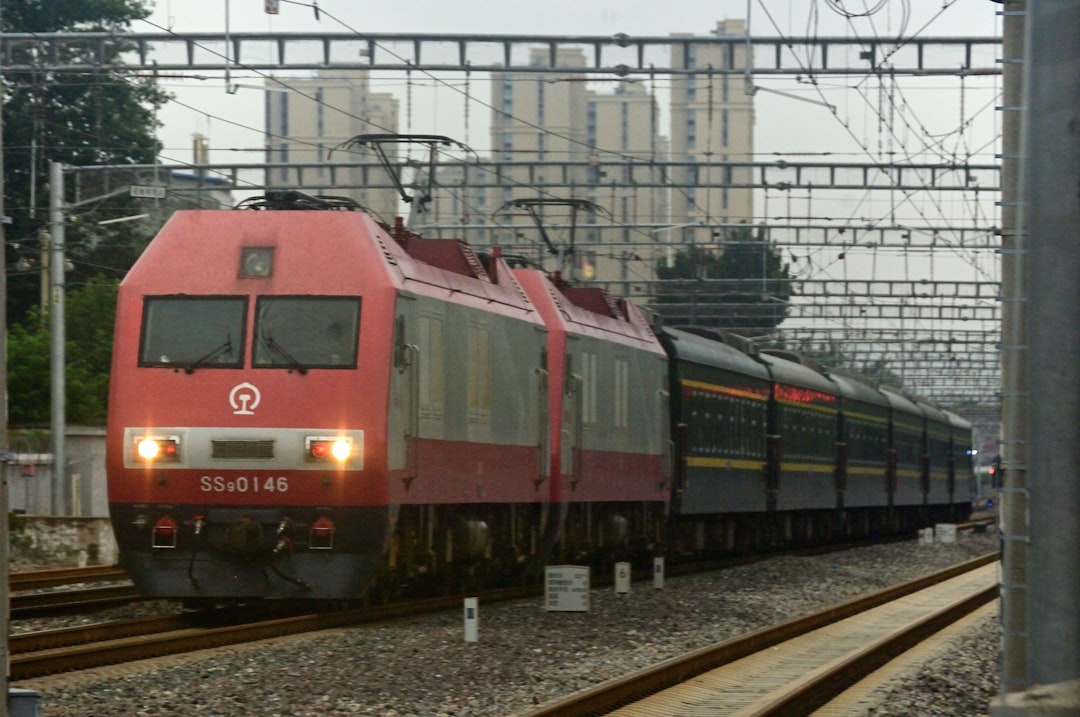“`html
Asia’s Electric Train Revolution: Diesel’s Days Are Numbered
Across Asia, a silent but significant revolution is underway. The rumble of diesel locomotives is slowly being replaced by the hum of electric trains. This isn’t just a technological upgrade; it’s a vital step towards a more sustainable future for a region grappling with rapid industrialization and its environmental consequences.
Why the Shift to Electric Trains Matters
The reasons for this shift are multifaceted, but the core motivation boils down to sustainability and efficiency. Diesel trains are notorious emitters of greenhouse gases and air pollutants. Electric trains, on the other hand, can be powered by renewable energy sources, dramatically reducing their carbon footprint. Let’s break down the key reasons:
- Reduced Emissions: Diesel locomotives contribute significantly to air pollution, releasing harmful particulate matter and greenhouse gases. Electric trains, especially those powered by renewable energy, drastically reduce these emissions.
- Increased Efficiency: Electric motors are generally more efficient than diesel engines, converting a higher percentage of energy into motion. This translates to lower operating costs in the long run.
- Reduced Noise Pollution: Electric trains are considerably quieter than their diesel counterparts, improving the quality of life for communities living near railway lines.
- Energy Security: Reliance on diesel fuel makes countries vulnerable to fluctuating global oil prices. Electric trains offer a path towards greater energy independence, especially when powered by locally sourced renewable energy.
The Impact on Asia’s Environment and Economy
The large-scale adoption of electric trains is already having a tangible impact on Asia’s environment and economy. The benefits are widespread, affecting everything from public health to national energy security.
Environmental Impact: The most immediate impact is a reduction in air pollution in densely populated urban areas. Cleaner air leads to improved public health, reducing respiratory illnesses and associated healthcare costs. Furthermore, the lower carbon footprint of electric trains contributes to global efforts to combat climate change. Initiatives like the one described in this Reuters article showcase the commitment of Asian nations to greener transportation.
Economic Impact: While the initial investment in electrifying railway infrastructure can be substantial, the long-term economic benefits are significant. Lower operating costs, reduced reliance on imported fuel, and the creation of jobs in the renewable energy sector all contribute to a more robust and sustainable economy. Furthermore, a modern and efficient rail network can boost trade and tourism, further stimulating economic growth.
Challenges and Considerations
The transition to electric trains is not without its challenges. Several hurdles need to be addressed to ensure a smooth and successful transformation:
- Infrastructure Costs: Electrifying existing railway lines requires significant investment in infrastructure, including overhead catenary systems, substations, and power grids.
- Grid Capacity: The increased demand for electricity from electric trains can strain existing power grids. Upgrading grid infrastructure and ensuring a reliable supply of renewable energy are crucial.
- Interoperability: Ensuring compatibility between different electric train systems and railway networks is essential for seamless cross-border transportation.
- Training and Expertise: Operating and maintaining electric trains requires specialized skills. Investing in training programs to develop a skilled workforce is vital.
Future Outlook: A Continent on the Move
Despite these challenges, the future of rail transportation in Asia is undeniably electric. Several factors point towards continued growth in the adoption of electric trains:
- Government Support: Governments across Asia are increasingly committed to promoting sustainable transportation through policies, incentives, and investments in electric railway infrastructure.
- Technological Advancements: Ongoing advancements in battery technology and high-speed rail are making electric trains even more efficient and cost-effective.
- Public Awareness: Growing public awareness of the environmental benefits of electric trains is creating demand for cleaner and more sustainable transportation options.
The trend towards electrification isn’t just about replacing old trains with new ones. It’s about reimagining transportation for a continent on the move. It’s about building a future where economic growth and environmental sustainability go hand in hand. As countries like China continue to invest heavily in high-speed electric rail, as reported by the BBC, the rest of Asia is taking notice and following suit. This transformation is not just reshaping the landscape of Asian transportation; it’s reshaping the future of the continent itself. The expansion of electric rail lines contributes to the UN’s Sustainable Development Goals, reducing carbon footprint and promoting a more sustainable future. According to a report by the International Energy Agency (IEA), rail electrification is a critical strategy in reaching global net-zero emissions targets by 2050.
The Role of Innovation and Technology
Innovation in areas like battery technology, regenerative braking, and smart grid management is playing a crucial role in accelerating the adoption of electric trains. For example, advancements in battery energy storage systems (BESS) are allowing trains to operate on non-electrified sections of track, extending the reach of electric rail networks. Regenerative braking systems capture energy during deceleration and feed it back into the grid, further improving energy efficiency. Smart grid technologies optimize the distribution of electricity to ensure a reliable and cost-effective power supply for electric trains.
The shift to electric trains is more than just a technological upgrade; it’s a fundamental shift in mindset towards a more sustainable and environmentally responsible future. Asia’s commitment to embracing this change demonstrates its determination to build a brighter and cleaner future for generations to come. The journey may be long, but the destination is a world where the hum of electric trains signals a new era of sustainable mobility.
“`

